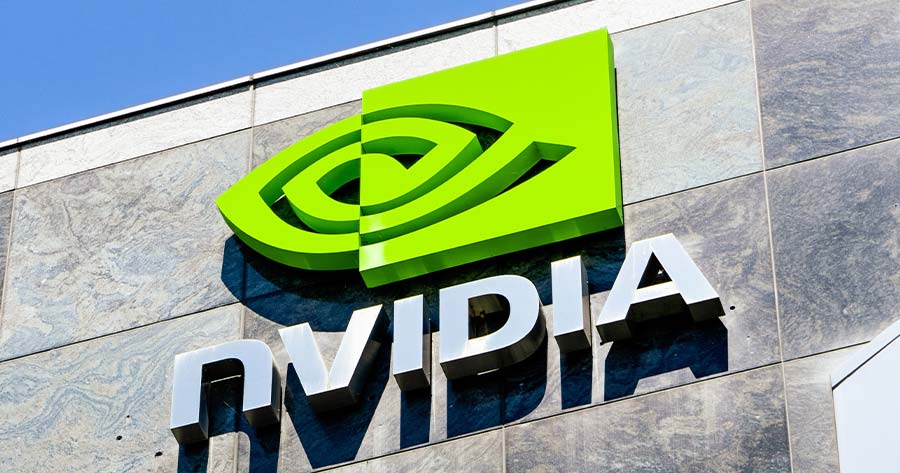
The Race for Drone Racer Supremacy: AI vs HI
On September 5th, at TechCrunch Disrupt San Francisco, Lockheed Martin and Drone Racing League (DRL) had announced a challenge, and with $2 million in prizes to be distributed to winners, it’s game on.
There’s really not much need to introduce what AI stands for anymore nowadays, HI, however, might have some people guessing because it’s so yesterday, Human Intelligence, of course. Not too amused, huh? But, what if, I told you that that first sentence was written by an AI? Bad attempts at humor, and primal territorial instincts aside (yes, humour is a conceptual territory, and no way are AIs going to make a move on this corner!), the human Vs artificial competitiveness is very real, and it’s zipping into a new arena. Drone racing.
Lockheed Martin, a global forerunner of aerospace, defense, security and advanced technologies, and the US’s leading defense contractor has announced that it will be contributing $2 million in the AlphaPilot Innovation Challenge.
The challenge is basically a race where human drone racers will compete with drones controlled by artificial intelligence in unique drone racing courses without any pre programing directions for the AI software. Essentially, it is human intelligence Vs artificial intelligence in controlling drones through complicated courses going through loops, rings, and sharp turns at high speeds. Whoever comes up with an AI that could beat the DRL’s racers will be pocketing up to $250,000. That would be like 62,130,000,000 in Venezuelan bolivars!
A piece from Interesting Engineering cited that artificial Intelligence has been kicking human abilities for decades. In 1997, Deep Blue beated world chess champion Garry Kasparov, and in 2017, AlphaGo outplayed Ke Jie at Go. Alibaba and Microsoft have claimed that their AI’s have scored higher than the average score of humans on Stanford’s Question Answering Dataset reading comprehension tests.
Facial recognition, big data analysis, fetching stacks of products in warehouses, sure, it’s fine that AIs are outperforming humans at repetitive, boring tasks, but read this, AIs are composing music and making art (tsk!).
There’s more, human lawyers and an AI were pitted against each other with finding and pointing out 30 proposed legal issues in five standard non-disclosure agreements (NDAs).
The experienced lawyers took from 51 minutes to 2 hours and a half, and achieved an average of 85% accuracy, LawGeex neural network had a 94% accuracy rate, and did it in just 26 seconds.
However, drone racing is taking the human Vs bot battle to a whole new dimension. If you’ve ever seen how Waymo drives in speed mode, it’s like racer aunty maneuvering around those orange traffic cones with some tire screeching. Some excitement, but not Nascar driver excitement. Racers in DRL reach 120 Mph in courses that are 3-dimensional. And yes, their quadcopter drones crash into pieces, and way more often than in Nascar. Check this sample clip of a practice lap from DRL for a glimpse of how complicated the courses are, and how fast these LED decked quadcopters go.
Now, Lockheed Martin is notorious for being a tech company equivalent to Lord of War, but war isn’t just about killing. There’s also the supply chain to and rescue of the soldiers that do what they do. Also, with intel and recon being essential, and the stage for warfare being more and more urban, you get the picture why investing in AI that could maneuver through complicated obstacles at highspeeds is on Lockheed Martin (LMT)’s agenda.
On another level, though, this challenge is an existential challenge. The intricacies of functional movement is still a realm that humans are unmatched. Shooting a 3 point fade-away with a 6 foot 7 NBA pro on defence and having the ball go in the hoops hitting nothing but net, utilizing the Philly shell to draw a punch for a counter, or reading the green and putting the ball from over 33 meters, these feats are not within the capacities of any bot, yet. But, solving a rubik’s cube within 0.38 seconds is. The human record is 4.69 seconds.
Should we actually built a possible existential competitor that, when able, can beat us by unhuman margins? And to which capabilities should we limit this competitor to? Can an AI someday be writing an article like this, but way better?


